Unleash your design potential with pixel Japanese fonts! Discover how these unique fonts can elevate your projects with striking visual appeal, adding a retro-futuristic or distinctly digital flair to logos, websites, and more. Learn to leverage their blocky charm for standout designs.
Ever looked at a design featuring Japanese characters and felt an instant spark of visual intrigue? Japanese fonts, with their elegant strokes and unique character structures, bring a distinct aesthetic to any project. But when you combine that with the nostalgic, retro, or distinctly digital vibe of pixel art, you get something truly special: pixel Japanese fonts. These aren’t just ordinary letters; they are tiny works of art, perfect for designers looking to break free from the conventional and inject a dose of originality and cool into their creations. Whether you’re a seasoned pro or just starting to explore the world of typography, mastering the use of pixel Japanese fonts can truly transform your designs from ordinary to unforgettable.
In this guide, we’ll dive deep into the fascinating world of pixel Japanese fonts. We’ll explore their origins, why they’re so versatile, and most importantly, how you can use them to create genius designs that capture attention. Get ready to explore a fusion of tradition and technology that’s ripe for creative exploration!
What Are Pixel Japanese Fonts Exactly?
Pixel Japanese fonts are exactly what they sound like: Japanese characters (like Hiragana, Katakana, and Kanji) rendered in a pixelated style. Imagine the iconic characters you see in classic video games or early digital displays, but adapted to the beautiful complexity of the Japanese writing system. Each character is constructed from a grid of tiny squares, or pixels, giving them a distinctly digital, often retro, appearance. This style can range from very simple, blocky representations to more intricate designs where individual pixels are used to form subtle curves and details.
This aesthetic is a nod to the early days of computing and gaming, where screen resolutions were low, and fonts had to be designed with this limitation in mind. Today, this retro charm is highly sought after, offering a unique visual texture that stands out. It’s a blend of old-school digital aesthetics with the rich cultural heritage of Japanese calligraphy and typography.
Why Choose Pixel Japanese Fonts for Your Designs?
The appeal of pixel Japanese fonts goes beyond just a retro fad. They offer a unique set of advantages that can make your designs truly shine:
- Uniqueness and Memorability: In a sea of standard fonts, pixel Japanese fonts offer an instantly recognizable and memorable aesthetic. They convey a sense of creativity, playfulness, and a touch of nostalgia.
- Versatility in Applications: From game development and app interfaces to branding for tech startups, creative agencies, or even fashion lines, these fonts can add a distinctive personality.
- Strong Visual Impact: The blocky nature of pixel fonts creates a bold, graphic statement. They are excellent for headings, logos, and display text where you want to grab attention.
- Cultural Fusion Appeal: Combining Japanese characters with a pixel art style creates a compelling fusion of East Asian culture and digital
art, appealing to a wide, global audience interested in unique aesthetics. - Nostalgic Charm: For many, pixelated designs evoke fond memories of classic video games and early computing, tapping into a powerful emotional connection.
Where Do Pixel Japanese Fonts Originate From?
The concept of pixelated text is directly tied to the evolution of digital displays and computing. In the early days of computers and video games (think the 1970s and 1980s), screen resolutions were very low. To display readable text, designers had to create characters using a grid of pixels. Each pixel had to be thoughtfully placed to form recognizable shapes. Japanese characters, with their intricate structures, presented a unique challenge and opportunity in this pixelated format.
The scarcity of digital space and processing power meant that font design was an exercise in clever representation. Designers would meticulously hand-place each dot to create legible and visually appealing characters. This constraint led to a unique aesthetic. Later, as technology advanced, pixel fonts became associated with retro gaming and early internet culture. Today, many designers intentionally emulate this style to evoke a sense of nostalgia or a specific digital/tech-oriented vibe. You can find modern interpretations and recreations of these early pixel fonts that are optimized for current digital use.
How to Use Pixel Japanese Fonts for Genius Designs
Integrating pixel Japanese fonts into your designs can be incredibly rewarding. It’s about understanding their inherent qualities and knowing how to best leverage them. Here’s how:
1. Understand Your Project’s Tone and Audience
Before you even choose a font, consider the message you want to convey and who you’re trying to reach. Pixel Japanese fonts scream “digital,” “retro,” “gaming,” “tech,” or “quirky.” If your brand or project aligns with these themes, you’re on the right track. A high-end, minimalist luxury brand might not be the best fit, but a new video game studio, a digital art collective, or a trendy streetwear brand could absolutely nail it.
2. Select the Right Type of Japanese Characters
Japanese has three main scripts: Hiragana, Katakana, and Kanji.
- Hiragana (ひらがな): Generally used for native Japanese words and grammatical elements. It has a softer, more flowing appearance.
- Katakana (カタカナ): Primarily used for foreign loanwords, emphasis, and onomatopoeia. It has a more angular, clipped feel, which often lends itself exceptionally well to sharp, pixelated designs.
- Kanji (漢字): Adopted from Chinese characters, Kanji are pictographic or ideographic. They are often the most complex in their original form, offering intricate details that can be fascinating when translated into pixels.
For pixel art, Katakana often looks particularly striking due to its angularity. However, cleverly designed pixel Hiragana and Kanji can also be incredibly impactful. Consider which script best suits the word or phrase you want to represent visually.
3. Choose Your Pixel Style
Pixel fonts aren’t monolithic. They can vary in density and style:
- Monospaced Pixels: Each pixel takes up the same width and height, creating a very rigid, grid-like appearance common in old-school computer displays.
- Proportional Pixels: While still pixelated, some characters might have slightly different widths based on their shape, offering a bit more fluidity.
- Distressed or Textured Pixels: Some designs might include subtle variations or ‘glitches’ in the pixels to add more character or an aged look.
The choice here depends on the specific vibe you’re going for. A perfectly uniform grid might be best for a clean, retro tech feel, while a slightly more irregular pixel design could feel more artistic or weathered.
4. Strategic Placement and Usage
Pixel Japanese fonts are typically best used for display purposes rather than body text. Their strong character makes them ideal for:
- Logos and Branding: A pixelated Japanese word can be an incredibly memorable and unique logo mark.
- Headlines and Titles: They command attention and set a distinct tone for articles, posters, or website sections.
- Game UI and Assets: This is perhaps their most natural home, instantly evoking classic gaming aesthetics.
- Creative Web Design: Use them sparingly for accents, call-to-action buttons, or unique typographic elements on a website.
- Merchandise and Apparel: T-shirts, stickers, and posters featuring striking pixel Japanese typography can be very popular.
5. Pairing with Other Fonts
When using pixel Japanese fonts, it’s crucial to pair them thoughtfully.
- Complementary Sans-Serifs: A clean, modern sans-serif font often works well to ground the pixelated text and provide readability for accompanying information.
- Contrasting Styles: You could pair a pixel Japanese font with a script or handwritten font to create an interesting juxtaposition, though this requires a careful hand.
- Keep it Simple: Often, the pixel font is the star. Avoid overwhelming the design with too many other busy elements or fonts.
6. Color Considerations
The color of your pixel Japanese font can dramatically alter its impact.
- Classic Monochrome: Black or white pixels on a contrasting background are timeless and evoke early computing.
- Vibrant Gradients: Using vibrant gradients within the pixels can add a modern, energetic feel, reminiscent of 80s synthwave or digital art.
- Limited Palettes: Sticking to a limited color palette can enhance the retro feel and maintain visual coherence.
7. Font Finding and Licensing
Finding high-quality pixel Japanese fonts can be an adventure. Look for fonts designed by artists who understand both pixel art and Japanese character design. Websites like Free Japanese Font (this is a hypothetical link for demonstration, actual sites may vary in quality and content) offer various styles, though always be mindful of licensing. For commercial projects, ensure you have the correct license, often available through font marketplaces or direct from designers.
For example, consider how the iconic pixel font from the game “Undertale” evokes a specific emotional response. Now imagine that applied to Japanese characters. A tool like Google Fonts also offers monospace fonts which, while not strictly pixel Japanese, can inspire structural ideas for creating your own pixelated effects or finding similar-feeling fonts that you can then adapt with a Japanese character set if available.
Case Studies: Genius Designs Using Pixel Japanese Fonts
Let’s look at a few hypothetical examples of how pixel Japanese fonts can be used to create impactful designs:
Case Study 1: “Neo-Tokyo Ramen” Food Truck Logo
The Challenge: A new food truck wanted a logo that conveyed modern, edgy, and delicious Japanese cuisine.
The Solution: A bold, pixelated Katakana word for “Ramen.” The font used was a vibrant, slightly distressed pixel style, with each pixel a bright, electric blue. The “r” in “Ramen” (らーめん in Katakana) was designed to look like it was glitching slightly. This was paired with a clean, modern sans-serif for the truck’s name. The overall effect was retro-futuristic, energetic, and instantly memorable, hinting at late-night arcade vibes and delicious, authentic flavors.
Case Study 2: Indie Game Title Screen
The Challenge: An independent game developer needed a title screen that felt nostalgic and intriguing, inspired by 8-bit and 16-bit era JRPGs.
The Solution: The game’s title, written in Japanese Kanji with a classic, chunky pixel font, was the centerpiece. Each Kanji character was rendered in a limited palette of yellows and oranges, set against a dark, starry background. Subtle animation made individual pixels twinkle. Below the title, the English translation used a simpler, monospace font. This design immediately transported players to a familiar, beloved era of gaming, building anticipation and setting the game’s aesthetic.
Case Study 3: Tech Startup Landing Page Accent
The Challenge: A startup specializing in AI-driven language translation needed a design element that was smart, modern, and hinted at their cross-cultural focus.
The Solution: Instead of a full pixel font throughout, they used a single, impactful pixelated Japanese word – perhaps “未来” (mirai, meaning “future”) – as a background accent. The pixels were subtle, rendered in a soft gradient of teal and purple, appearing almost as a watermark behind a hero image. This added a unique, sophisticated digital touch without compromising readability. It spoke to innovation, global connection, and a forward-thinking approach.
Tools and Resources for Pixel Japanese Font Design
Creating or finding and using pixel Japanese fonts often involves specific tools:
Font Creation Software:
- FontForge: A free and open-source font editor that allows you to create fonts from scratch or modify existing ones. It has a steeper learning curve but is powerful.
- Glyphs: A popular professional font editor for macOS, known for its user-friendly interface and advanced features.
- BirdFont: Another option for creating your own fonts, available for Windows, macOS, and Linux.
Pixel Art Software:
- Aseprite: A favorite among pixel artists for its dedicated pixel art tools, animation capabilities, and ease of use.
- Piskel: A free online editor for pixel art and animated sprites, perfect for quick creations.
- Paint.NET: A free image editor for Windows that can be used for pixel manipulation with its grid and selection tools.
Where to Find Pixel Japanese Fonts:
- Creative Market: A marketplace for design assets, where many independent font designers sell unique pixel fonts.
- Font Squirrel: While more known for standard fonts, you can sometimes find display fonts with a pixelated quality.
- Custom Design: Hiring a font designer or a pixel artist to create a custom font for your brand can ensure it’s truly one-of-a-kind.
Common Pitfalls to Avoid
While pixel Japanese fonts are fantastic, there are a few common mistakes beginners make:
| Pitfall | Why It’s a Problem | How to Avoid It |
|---|---|---|
| Overuse | Too much pixelated text can look cluttered and become difficult to read, overwhelming the viewer. | Use sparingly for impact. Reserve for headings, logos, or specific graphic elements. |
| Poor Readability | Very small pixels or complex Kanji in a pixel style can become illegible, especially on mobile screens. | Test extensively at different sizes. Opt for simpler characters or larger pixel sizes when readability is key. Stick to Katakana for maximum clarity if unsure. |
| Ignoring Licensing | Using a font without proper licensing for commercial projects can lead to legal issues. | Always check the font’s license. Purchase commercial licenses when necessary. Many free fonts are for personal use only. |
| Mismatched Tone | Using a quirky, retro font for a serious, corporate brand can undermine its professionalism. | Ensure the font’s aesthetic aligns perfectly with your brand identity and target audience. |
| Insufficient Contrast | If your pixel font color doesn’t contrast well with its background, accessibility and legibility suffer significantly. | Choose color combinations with high contrast ratios. Test on various backgrounds and lighting conditions. Refer to WCAG accessibility guidelines for contrast recommendations. |
FAQ: Your Pixel Japanese Font Questions Answered
Q1: Are pixel Japanese fonts easy to read?
Yes, they can be, but it depends on the design of the font and how you use it. Simple designs and clear pixel grids generally offer good readability, especially for short words or headlines. Complex Kanji can be harder to decipher in a pixelated format, so testing is crucial.
Q2: Can I use pixel Japanese fonts for body text?
Generally, no. Pixel fonts are best suited for display purposes (headlines, logos, etc.) as they are visually dominant and can become tiring to read in long paragraphs. For body text, choose a clean, highly legible font.
Q3: Where can I find free pixel Japanese fonts?
You can find free options on websites dedicated to free fonts, graphic asset sites, and sometimes direct from independent designers offering them for personal use. Always check the license to ensure you can use them for your intended project.
Q4: How do I install a pixel Japanese font on my computer?
Once downloaded, you typically right-click the font file (e.g., .ttf, .otf) and select “Install” (on Windows) or double-click and select “Install Font” (on macOS). The font will then appear in your design software.
Q5: What’s the difference between pixel fonts and other Japanese display fonts?
Pixel fonts are characterized by their construction from individual squares (pixels), giving them a digital or retro look. Other Japanese display fonts might be brush scripts, elegant serifs, or modern sans-serifs, each with a different artistic style and aesthetic.
Q6: Can pixel Japanese fonts be animated?
Absolutely! Their pixelated nature makes them perfect for animation. You can animate individual pixels, create subtle glow effects, or make characters appear to glitch or assemble, adding dynamic flair to digital projects.
Conclusion: Embrace the Pixelated Power of Japanese Typography
Pixel Japanese fonts offer a unique and exciting avenue for creative expression.
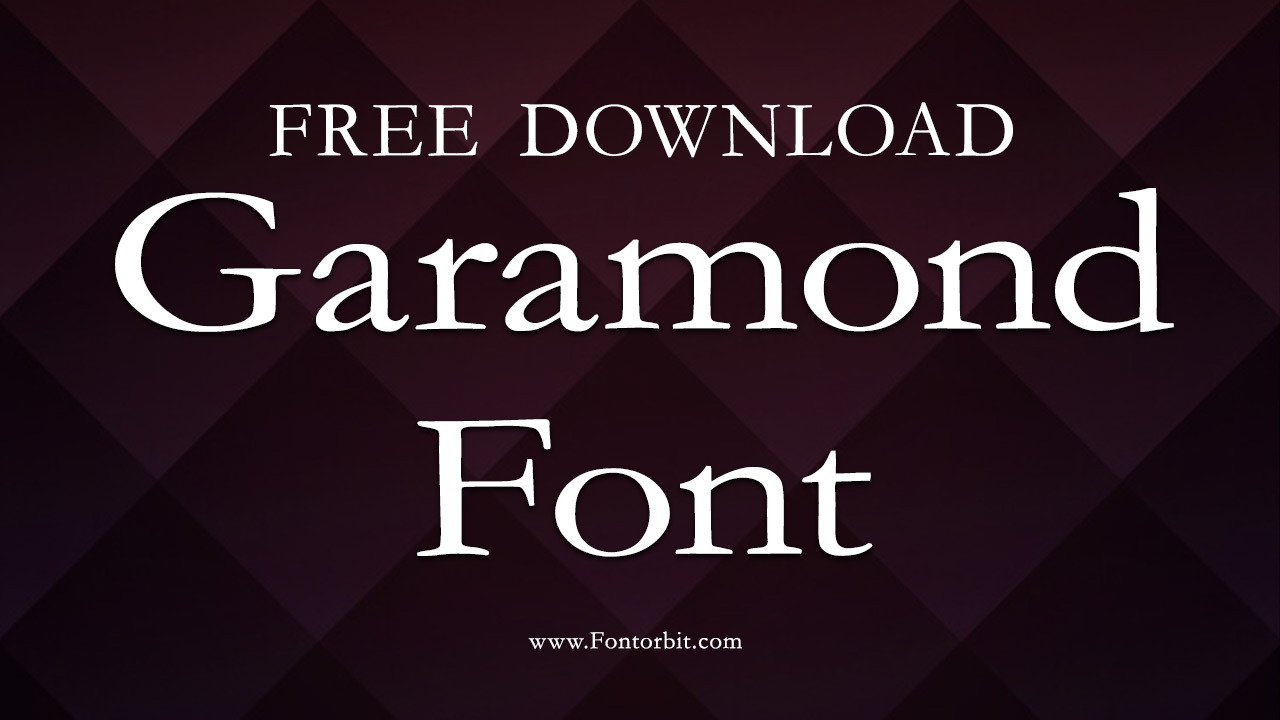
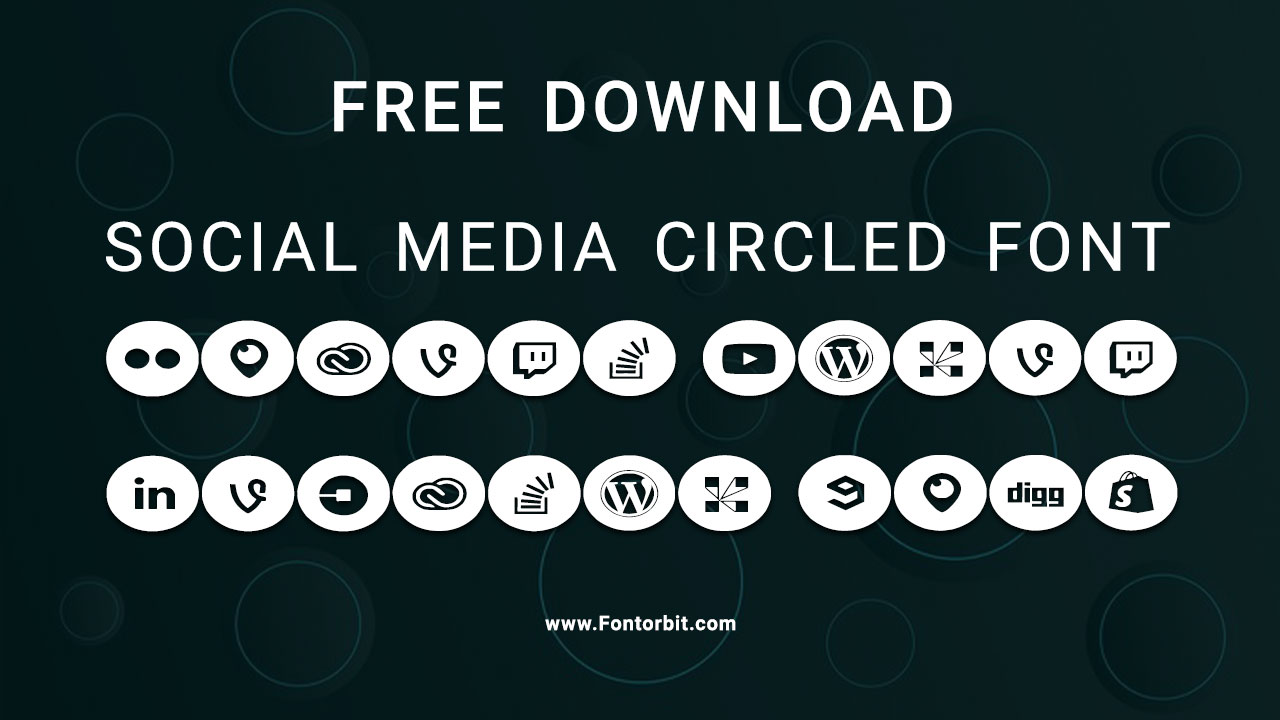
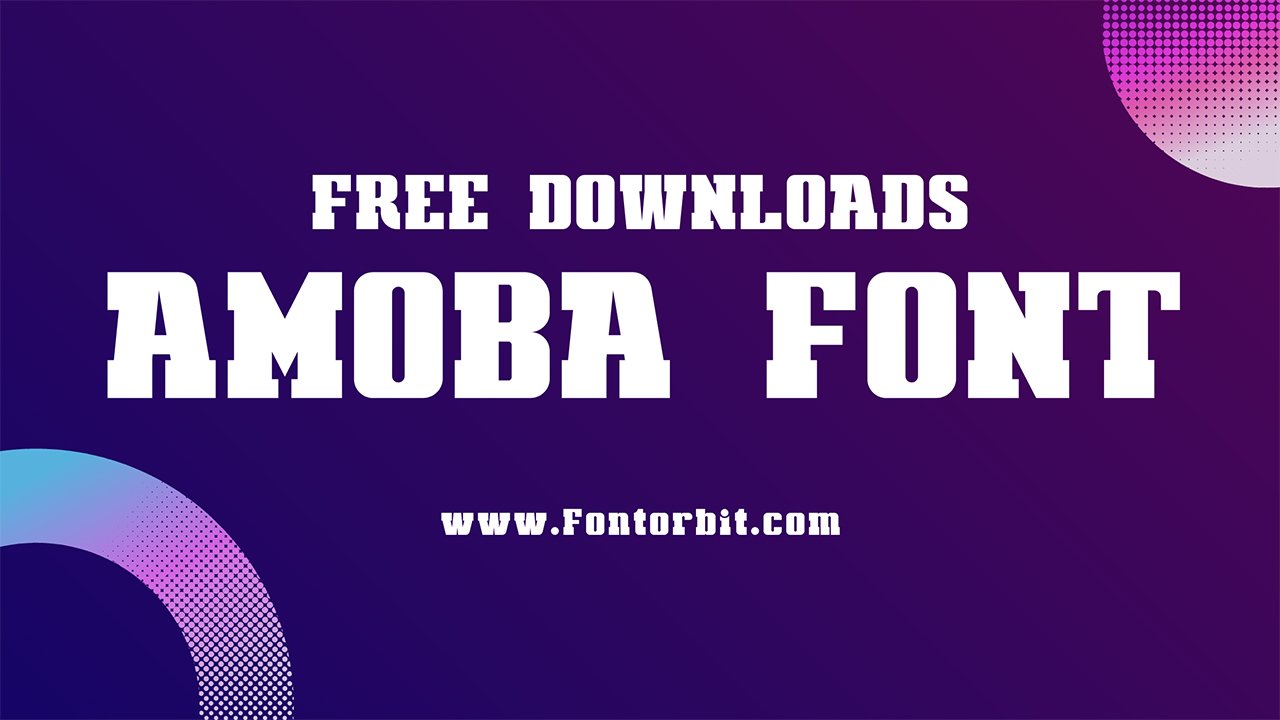

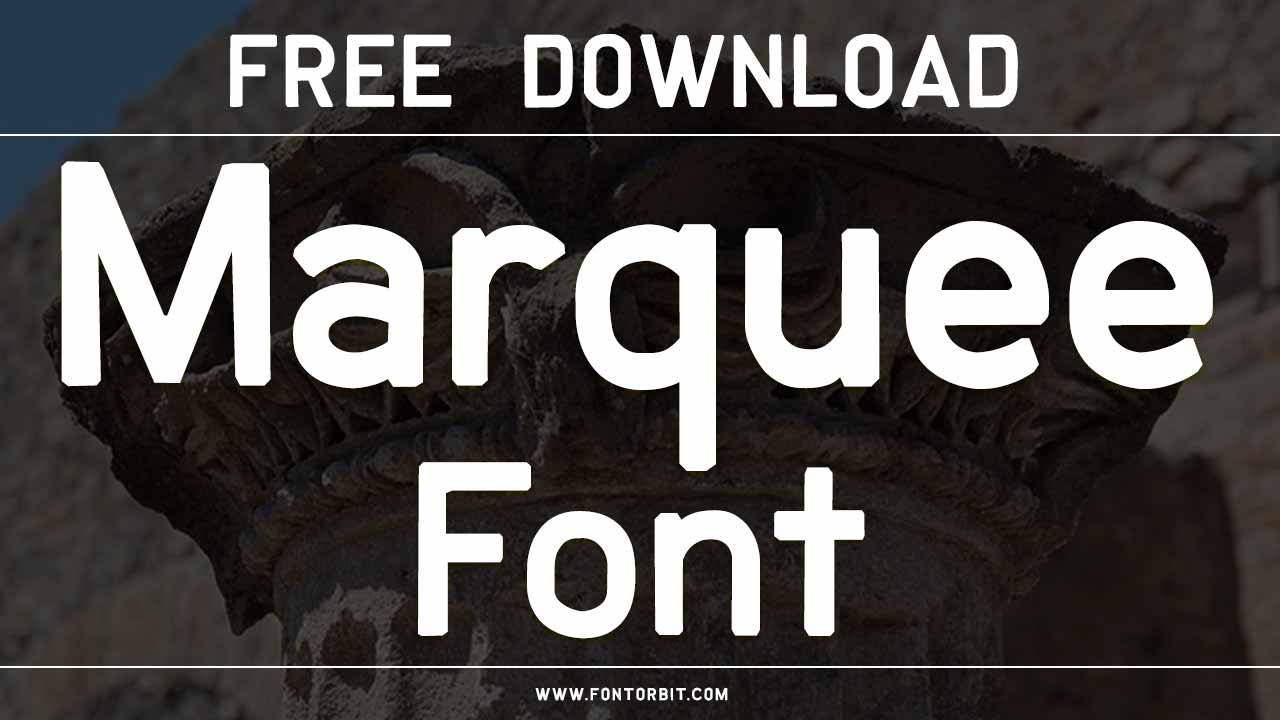
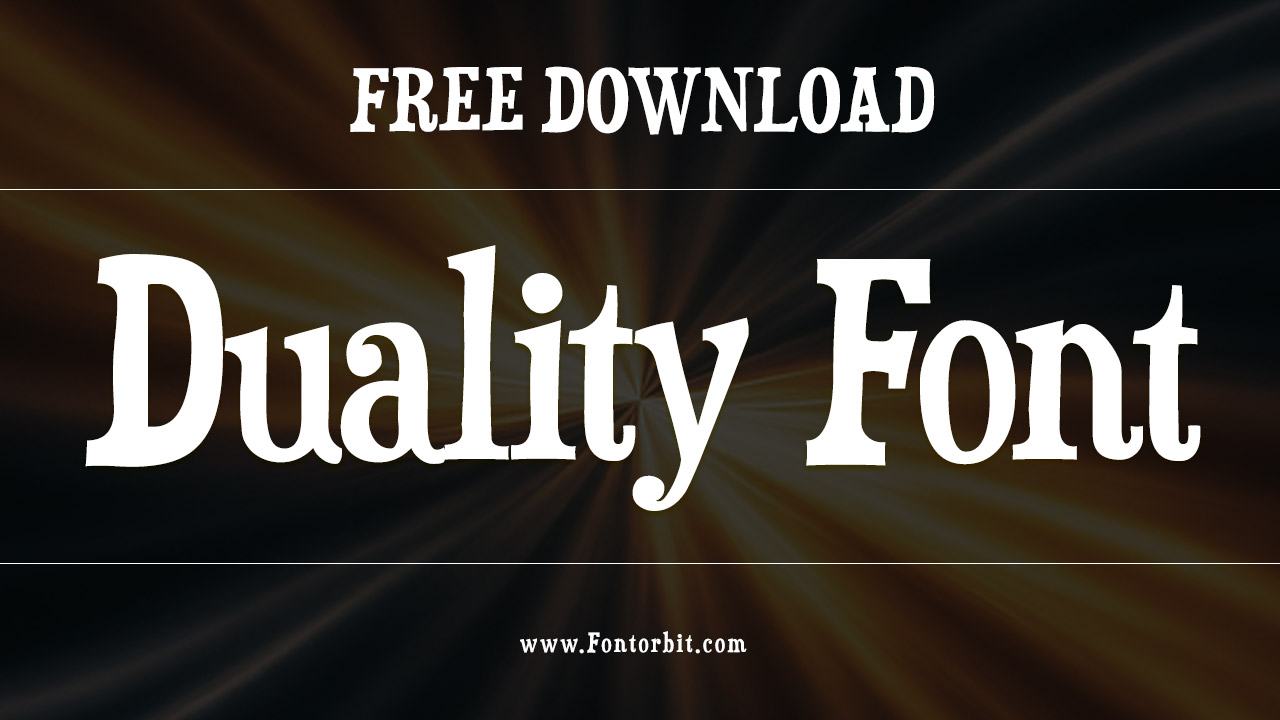
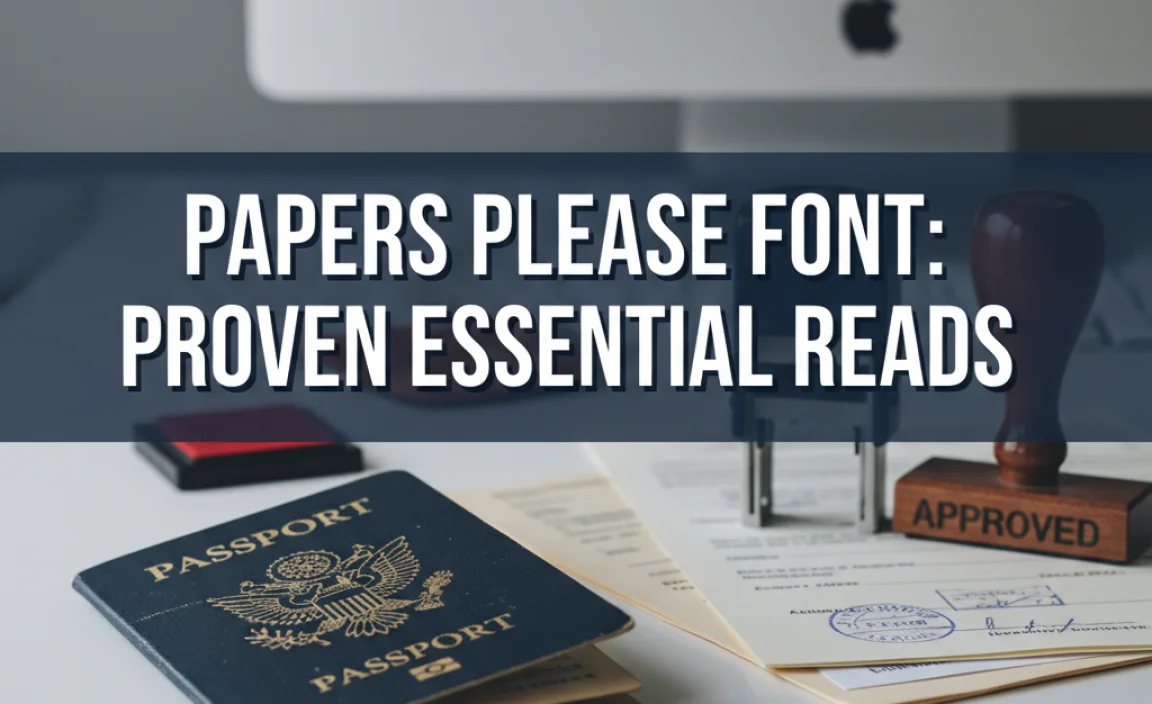


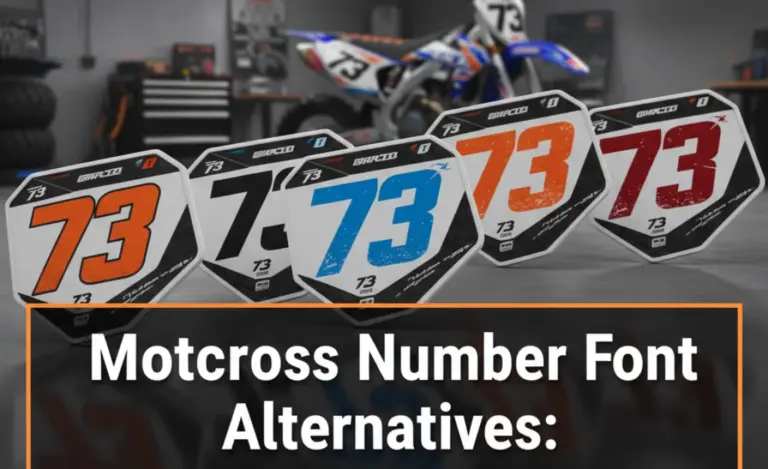
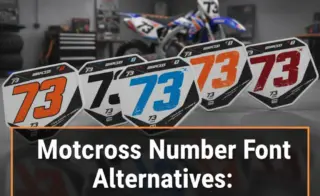

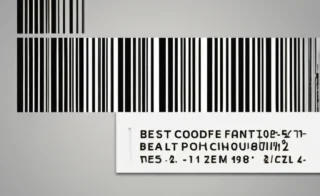




Leave a Comment